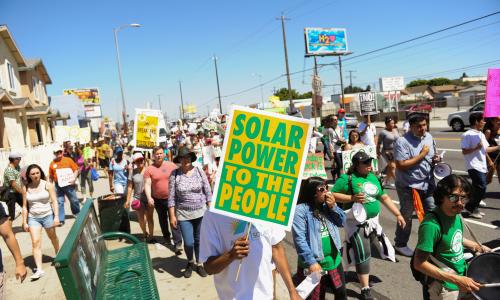HEU is attractive to terrorist groups because it can be used directly to make a simple nuclear weapon. Many countries possess small nuclear "research" reactors that are used for professional training, scientific research, and medical radioisotope production. More than 100 operating research reactors worldwide are fueled with HEU. Others, though shut down, continue to store spent fuel, which still contains HEU but in many cases is not radioactive enough to deter theft. Many of these facilities are in academic or industrial settings with inadequate security—attractive targets for terrorists seeking nuclear weapons.



